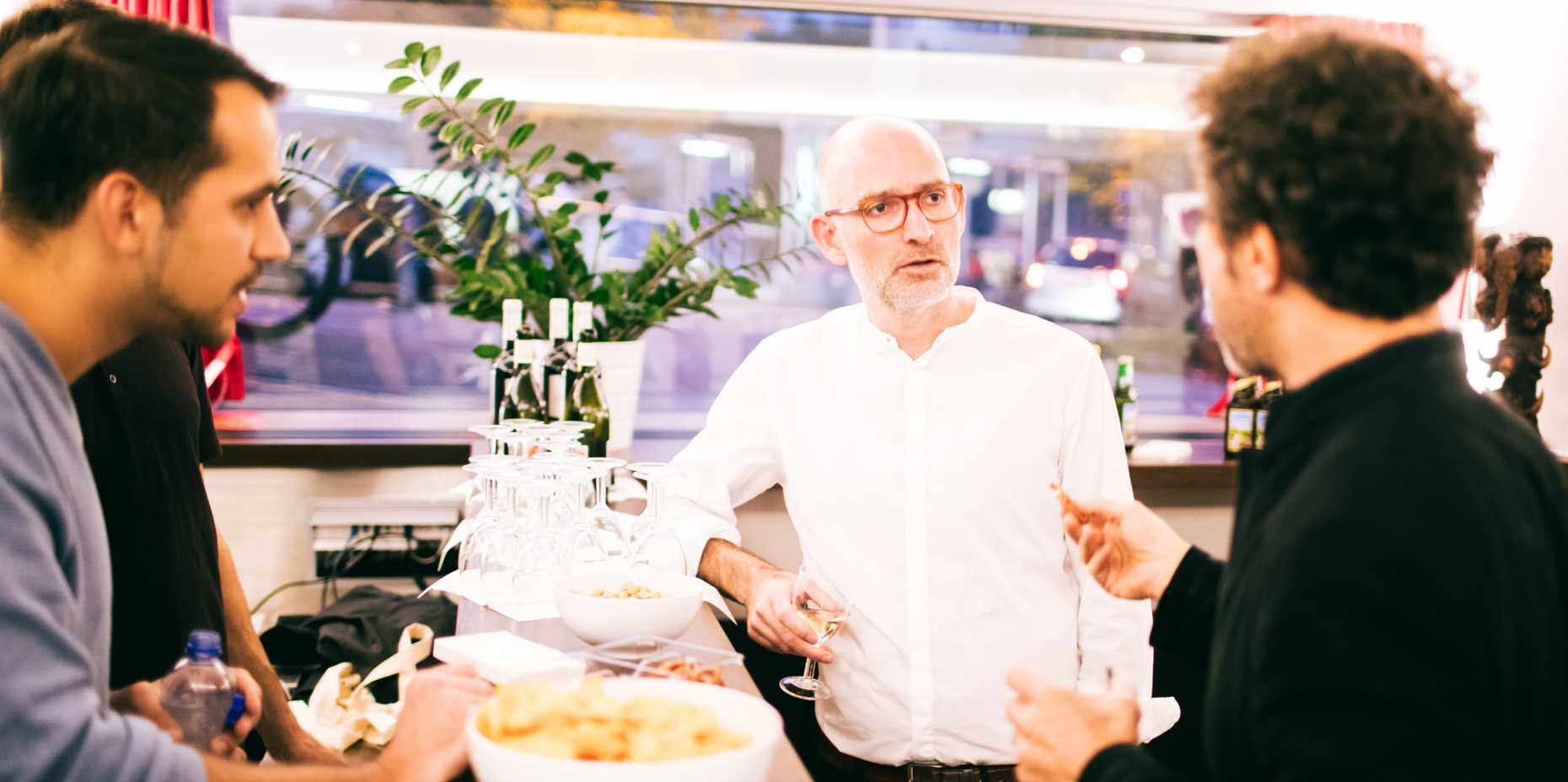Rwandan archive
Prof. Tomà Berlanda at the School of Architecture, Planning and Geomatics / University of Cape Town, Rondebosch, South Africa visited the ISTP on October 17th 2017 and spoke about the impact of Rwanda's government urbanization policies on the re-design of the entire territory.
by Jan-Aurel Pfister

Introduction
The Rwanda archive consists of photographs, documents, notes and personal experience and projects of Toma Berlanda during his 2010-2014 halt in the African state of Rwanda. The talk and ideas presented by Prof. Berlanda represent a subjective assessment on the past, present and the future directions of Rwandas society and so does this summary.
Geography and Topography
To understand current policy measurements and past development and social conflicts, we need to introduce the geography and topography of Rwanda. Lying in the middle of the African continent south to the equator, the so-called country of 1000 hills is on top of two tectonic plates, which formed the unique landscape.
Past
The landscape of Rwanda promoted a certain form of living and agriculture dependent on the hills. The traditional life depended on huts on top of the hills that were surrounded by many layers of diverse agricultural usage. The water that is flowing down the hills, watering the agricultural surface is collected in the natural wetlands on the foot of the hills. This form of living has lead to very dispersed settlements. A rough estimate that all through Rwanda you will meet someone every 500-1000 meters. Accordingly the colonial force of Germany founded their center of force (the Capital of Kigali) on a plateau in the geographical middle in the country, which led to a very centralized government.
If we are talking about the history of Rwanda, we cannot omit the genocide, which of course also contributed to current policy. The Rwandan society was split in the majority of Hutu and the minority of Tutsi, both having different foundations of income (Tutsi herders versus Hutu Farmers), different social status and different political power. Among these lines of conflict, the genocide erupted.
Present
The current government of Rwanda is best described as non-democratically elected but friendly dictatorship with little freedom of press. After the end of the genocide in 1994 the government aimed to unify the society of Hutu and Tutsi and decided to promote urbanization and concentration of people in cities all over Rwanda in a multipolar approach, with Kigali as Capital and multiple secondary cities with similar sizes to Kigali. This approach was chosen to free agricultural surface to allow large-scale farming instead of small and middle scale farming. It was thought to attract investment and promote growth apart from removing social difference between Hutu and Tutsi.
Furthermore the government is trying to accomplish a shift from agricultural based economy to knowledge, industrial and service based society and to attract investments. Even though the government wants to promote investment, they do not seem to forget about the foundation of agriculture in Rwanda. The wetlands have been declared an especially protected zone. The government tries to protect them, by segmenting the cities in different zones from high to low density, where only low-density zones are permitted at the borders of the wetlands. But all these measurements do not come without problems, attracting investments is only possible, if there is a chance on return on investment. Especially in Kigali, that leads to marginalization and displacement of low-income citizens. Additionally, Kigali is growing and developing much faster then the other cities, draining the investments, resources and people from other cities and leading to a stronger centralization again.
All these elements of government policy have been summarized under the vision 2020, which is a 20-year plan by the government to promote the development of Rwanda. And the current numbers that show a steady increase in the GDP, although on the expense of a rise in external debt, and a drop of poverty rate from 60% to 40% seem to approve the government plan. Additionally, the numbers of children with access to education and households with electricity have risen as well. Although access to potable water (long distance walking) remains an unsolved problem.
Future questions that remain
- Is the rise in GDP based on a massive rise in external debt sustainable?
- Is the plan for large-scale agriculture feasible with the unique landscape of Rwanda?
- Will the Rwandan government succeed in protecting the wetlands from urbanization?
- Will the failure of the multipolar city and population distribution lead to problems in the future?
- Is the stable, non-democratic government a model for the future? Will old lines of conflict clash again with increasing democratization?
We should ask the questions no one has an answer to at the moment and be aware of the lens through which we are assessing current circumstances. –Toma Berlanda
To get a broadened sense of the ISTP and our topics of interest and past seminars visit our Colloquium page.